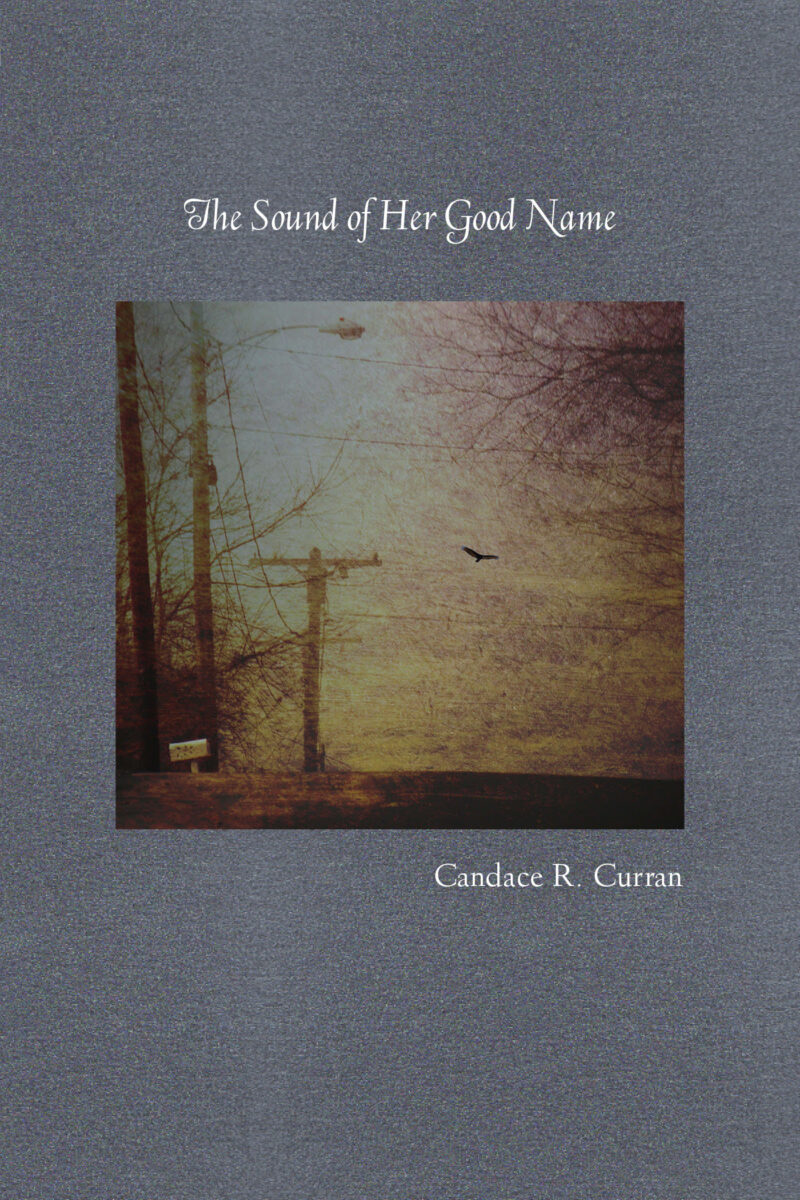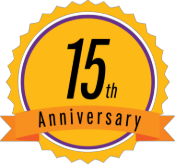When did you first encounter poetry? How did you discover that you wanted to write poems?
It all began with The Real Mother Goose beautifully illustrated by Blanche Fisher Wright. Word and image spun a powerful connection and to this day I sing its melodic poetry, ”Doctor Foster went to Glo’ster all in a shower of rain….” Some years later however, I was stricken with depression and found myself laying on the ground looking for words to pin feelings to sky or paper. Two lines, four and later a larger volume that would corral words and begin dealing with nightmares. Not long after, I published a few poems in a newsletter for adults and children that had suffered domestic and sexual abuse. In the next issue someone remarked that she had thought no one could understand these experiences and how much the poems had meant to her. After a good cry, I was encouraged to strengthen, recognize and honor the power of words, including my own.
Do you have a writing routine? A favorite time or place to write?
Unfortunately I do not. I am undisciplined and write by the seat of my pants.
When a thought, phrase or internal rhyme comes, which may be in the middle of the night, I get up. I used to use pen to paper and still begin that way on scraps that have a bad habit of hiding afterward. A nearly finished poem then jumps to the computer.
I am not a tech person by any stretch of the imagination and I do most things living in my head which becomes a problem in keeping up with the norm. Fortunately my partner is sympathetic and works for free.
Where do your poems most often “come from”—an image, a sound, a phrase, an idea?
Words or a phrase will arrive while driving, other times they take over dreamtime and require wrestling and coercing. Being a constant tinkerer, I can’t leave them alone, even with poems that have been published so I am not as prolific as I would like. Empathy is my friend but also has its curse. I receive transmissions from the natural world, lollygagging, witnessing, reading and watching performance poetry.
Which writers (living or dead) have influenced you the most?
Martin Espada, seeing this large man turn himself into a beautiful bird while reading from City of coughing and dead radiators.
The late Art Stein with, Blonde Red Mustang… Art engaged and encouraged me to write and join him in the love of linked haiku. I also enjoy the works of David Lynch, Mary Oliver, Emily Dickinson, Kae Tempest and Charles Bukowski.
What excites you most about your new collection?
I am in love with The Sound of Her Good Name. It has power, beauty and resources. It feels good in your hands. Inside you discover a Go Bag bookmark, instruction for the universal signal for help and the gorgeous photography of Natasha Hanna. Slate Roof is an art press with heart you should keep your eyes on. I am excited by the following blurbs from Gail Thomas who writes “Even amid the lurking violence, Curran creates music” and Jody Stewart, “an odd colloquial elegance, its disturbances nourish, its darkness sparkles” and Richard Hoffman , the poems, “their badass musicality…”


Select the cover to read more.
Candace R. Curran was raised alongside Wachusett Mountain in rural Princeton by a Coyote and Ford mechanic doing the best they could. Curran is the founder and organizer of INTERFACE, exhibitions that included the work of twenty or more artists and poets over ten years of presentations throughout Western Massachusetts. Candace was also a co-founder of Exploded View, a five woman traveling collaborative art and poetry performance group. Her publications include the anthology, Bone Cages, with Doug Anderson and John Hodgen and others, Haley’s Press, 1996, and her book Playing in Wrecks, Haley’s Press, 2011. Candace’s poetry has also appeared in journals, Meat For Tea, Silkworm, RAW NerVZ Haiku, and others.

